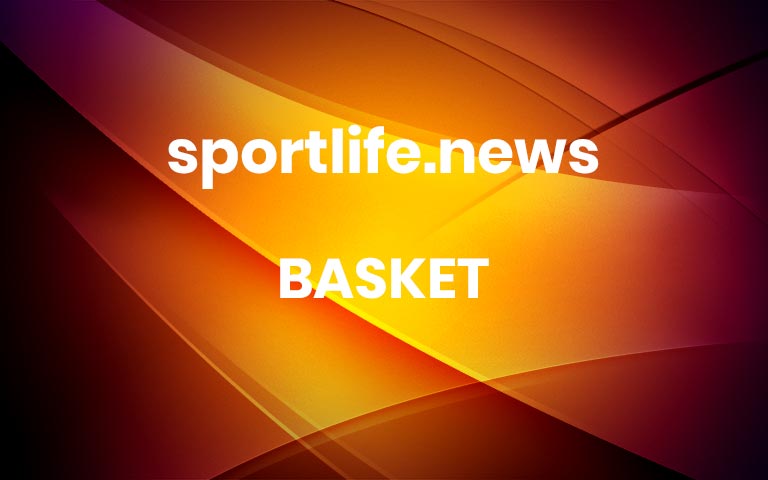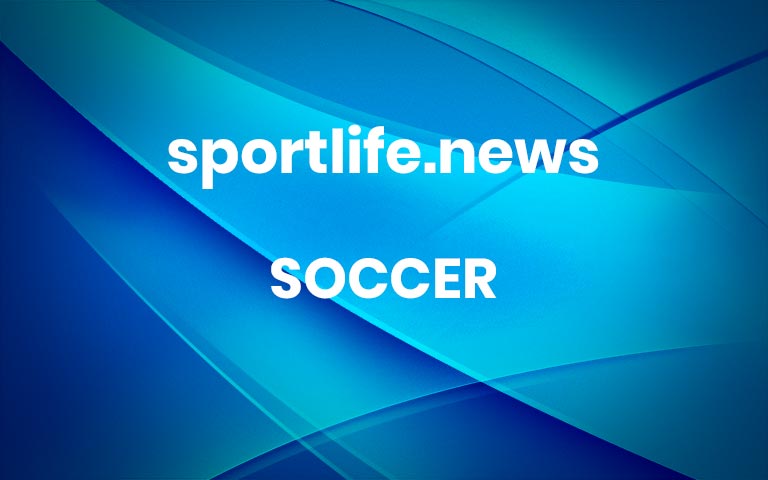Tennis Bracelet, Anyone?
Chris Evert made them famous, and their simple, elegant designs have stood the test of time.In 1978, while defending her three-year streak as the U.S. Open champion, Chris Evert lost her gold diamond bracelet in the middle of the match.“When I competed, I wanted to wear something that gave me confidence and empowered me both as a woman and an athlete,” Ms. Evert, who won 18 major singles titles in her career, wrote in an email interview. “My diamond line bracelet did that for me. It was a nod to my personal style, too.”Ms. Evert asked officials to stop play so she could find it.“I think everyone was confused in the stands because I was walking around the court searching for something,” she wrote.Ms. Evert went on to win the match. In a postgame interview, reporters asked her what she had dropped. “‘Oh, that was my tennis bracelet,’” she recalled saying. “From that point on, it just seemed that the tennis bracelet began to take on a life of its own.”“When I competed, I wanted to wear something that gave me confidence and empowered me both as a woman and an athlete,” said Chris Evert, who won 18 major singles titles in her career. “My diamond line bracelet did that for me. It was a nod to my personal style, too.”S&G/PA Images, via Getty ImagesThe tennis bracelet was once known as the “line bracelet”: a single-strand diamond bracelet distinguished by its straight, sparkly row of diamonds. The traditional line bracelet is set with four discreet prongs (the metal fingers that hold each stone in place), one on each corner of the diamond. This setting allows diamonds to shine as brightly as possible.“But now people have reinterpreted it. Now people refer to any diamond bracelet as a tennis bracelet in the various different settings,” said Elizabeth Doyle, a board member of the American Society of Jewelry Historians. She added that today’s understanding of tennis bracelets accounts for a variety of settings, without strict guidelines.Learn More About Jewelry 4 Indie Designers to Watch: Few major jewelry houses chose to present high jewelry collections in Paris this season, but some independent designers have turned heads. Made in the U.S.A.: A startling variety of gems are mined coast to coast, from Oregon sunstone to Maine tourmaline. Is It Real? Experts say online sales have fueled an increase in fakes, confusing buyers and stymieing makers. A Passion for Pearls: Meet an artisan who is entrusted with stringing, repairing and redesigning some of the world’s most exquisite pearl jewelry. More on Jewelry: Stories on trends and issues in the industry.Ms. Doyle, who is also a founder of Doyle & Doyle, an antique and vintage jewelry boutique in New York City, said the tennis bracelet has long been a popular item.“But what I’ve noticed is the stacking and layering, mixing and matching different colors or less important stones in with the diamonds,” she said. “It doesn’t have to be so serious.”Monica Rich Kosann, a Connecticut-based jewelry designer who, in August 2022, launched a line of tennis bracelets with Ms. Evert, echoed this sentiment in a phone interview.“I do think a woman would probably wear her tennis bracelet by itself. I remember my mom having a tennis bracelet, and I remember she wore that with her watch and that’s what she wore,” Ms. Kosann said. “Whereas now, my daughters, they wear it every day. They never take it off, and they mix it in with all their other bracelets, and it’s just become another layer on your wrist.”A tennis bracelet from the brand Dorsey.Dorsey“Does it have to be real?” asked Roxanne Assoulin. Her cubic zirconia tennis bracelets cost under $170 and are meant to be stacked.Stuart TysonHer collection features an emerald that pays homage to the U.S. Open’s former green court, with a diamond droplet of sweat to represent, as Ms. Evert described to Ms. Kosann, “the perspiration of competition.”Roxanne Assoulin’s sparkling iterations are also designed for everyday wear. In 2020, Ms. Assoulin, a longtime jewelry designer, began craving a casual version of the diamond tennis bracelet she wore in the late ’70s (and later disassembled to make earrings).“I didn’t want them to be big and flashy,” she said. “I wanted them to be really small and fine and delicate.”When Ms. Assoulin’s son asked her about a tennis bracelet for his wife, she began to wonder, “Does it have to be real?” Her Tennis on the Rox bracelets are made of cubic zirconia, cost less than $200 and are designed to be stacked.A diamond tennis bracelet from the brand The Last Line.The Last LineThe rainbow sapphire tennis bracelet from the brand MATEO.MATEOFor those who may just be discovering the tennis bracelet and looking for a more traditional design, The Last Line’s petite white diamond bracelet is a miniature nod to the classic. Or, for something less on the nose, Nakard by Nak Armstrong’s series of tennis bracelets are made of tiled onyx, scalloped opals and scale-shaped labradorite, with each stone defined by a prominent black, rhodium-finished frame. For the maximalists, MATEO makes eye candy tennis bracelets out of box-linked rainbow sapphires, as well as pink sapphires in buttercup settings. And for those who tend toward a Phoebe Philo-esque style of unfussy luxury, Dorsey offers a beautiful single strand of lab-grown white sapphire for $240.For more affordable options, all five colors of Anthropologie’s Baguette Tennis Bracelet come in under $30. J.Crew’s square crystal interpretation — currently $49.50 — is so chunky that if it happened to fly off the wrist, mid-pickleball serve, you’d see and hear where it landed.Anthropologie’s pink tennis bracelet costs less than $30.AnthropologieJ.Crew’s chunky tennis bracelet is more in line with costume jewelry.J.CrewDiamond bracelets, in the broader sense, have been popular since the Georgian Era; line bracelets have been around since the Art Deco era, and styled casually with jeans or on the court since the ’70s — at least, if you’re Chris Evert. More





